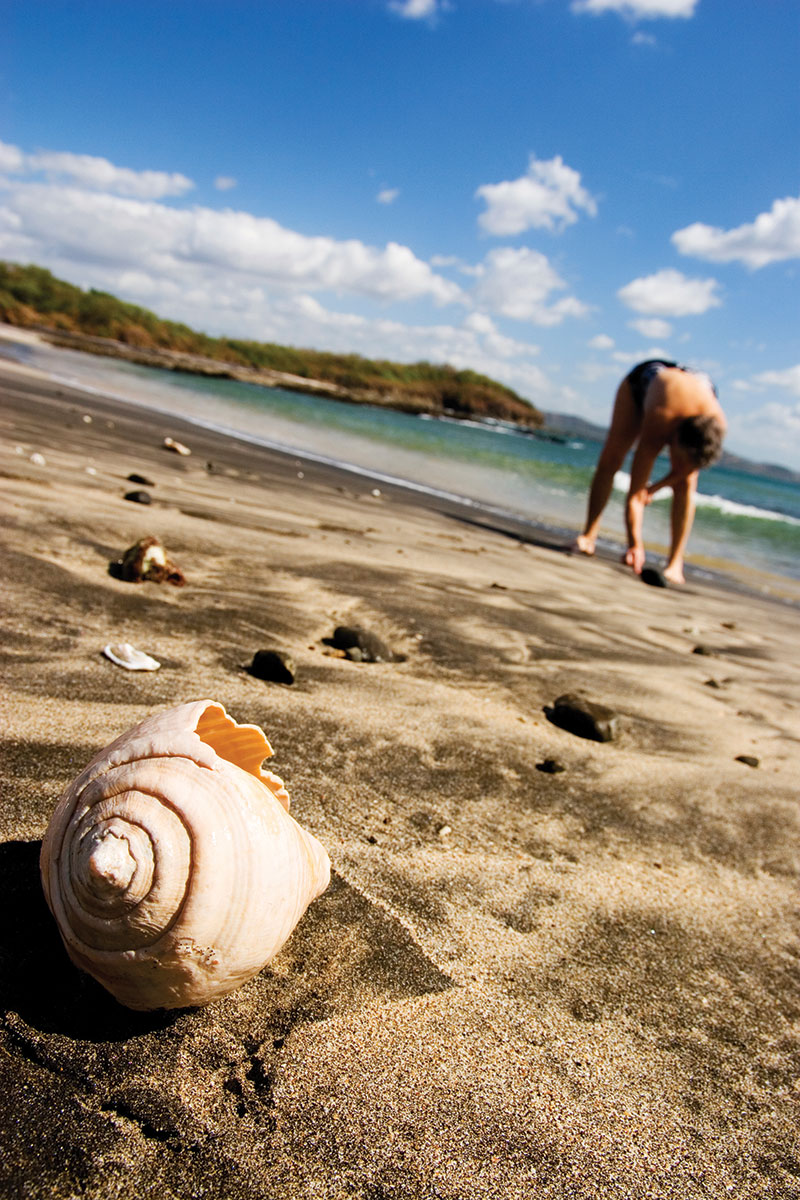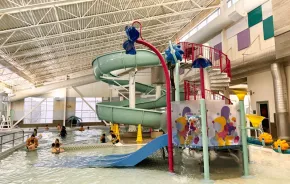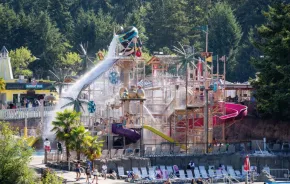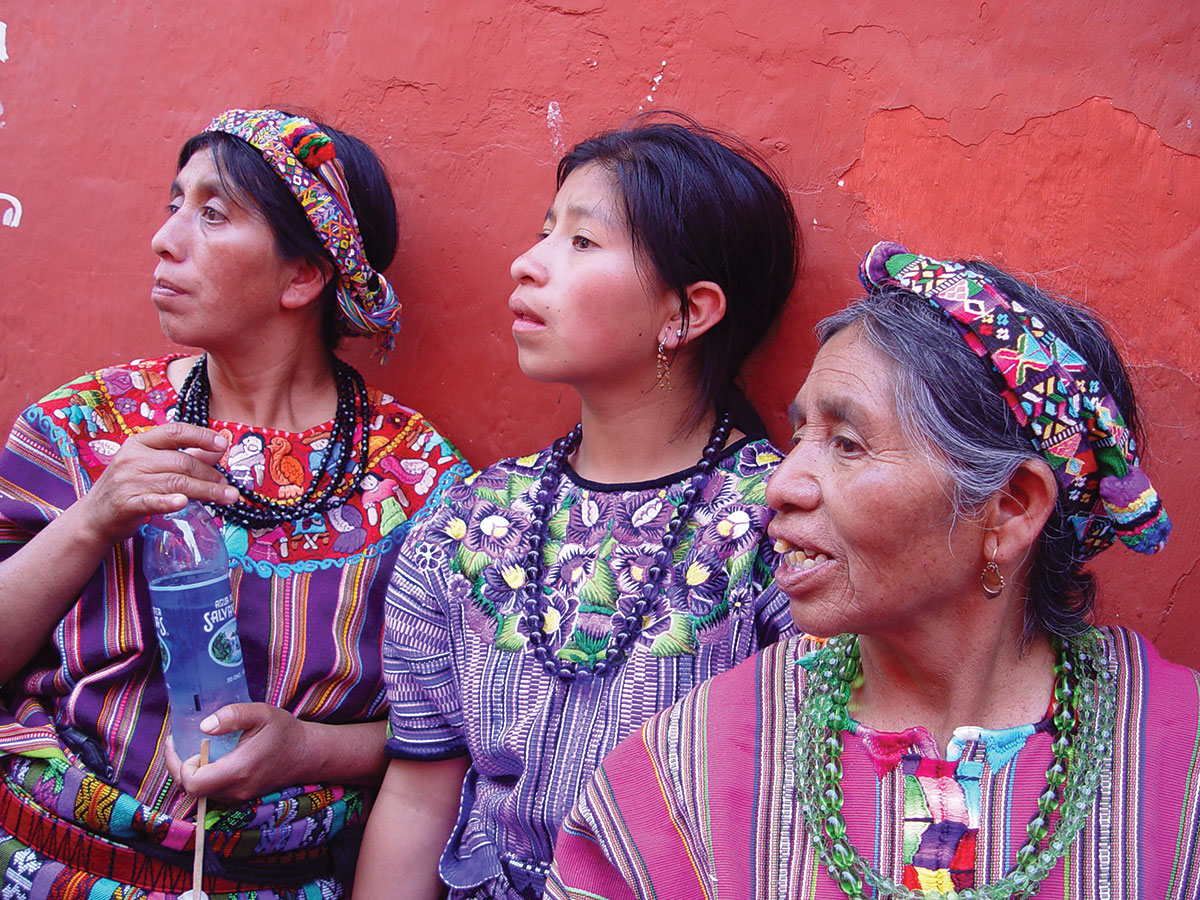
Sitting under a banana tree with my Spanish-language tutor, I grinned as my 5-year-old daughter raced by with hers. “Rosada!” the teacher called, as my daughter ran to a flower and pointed in triumph: “Rosada!” (“Pink!”). Over by the fountain, our 12-year-old was deep in conversation with her tutor. Our whole family was enjoying the first of what turned out to be several fantastic journeys into place and people: a week at a Spanish language school in Central America, learning, playing, touring and making friends.
It’s just so fun. But I learned that later. I had first cooked up the idea of a language-school vacation because I was in a bit of a rebellion over a new lexicon I noticed emerging around travel:
“We did France last year with the in-laws.”
“I’ve been really wanting to do Southeast Asia.”
When did that happen? When did we start “doing” a place, rather than “taking a trip to” it? Is the distinction meaningful?
I have come to think so. When you “do” a place, it’s done, right? Check it off the list. The vocabulary implies a closing, rather than what I think travel should be: an opening, the beginning of a lifelong relationship with a place. And I have come to think that a language-school vacation is the perfect antidote to checklist vacationing.
Immersive language schools operate throughout Latin America, offering lesson/homestay packages that are as family friendly as vacations come. No matter what your Spanish level is (even if you don’t speak a word — yet), there’s nothing like living with a family, even for just a week, to connect you to the place you are visiting. One great perk is that your host family has the very best insider information. It’s like having a concierge who also eats toast with you.
The rhythm of your day on a language-school vacation could look like this: Eat breakfast in the morning with your homestay family (lunch and dinner are typically on your own). Then you’re off to a morning of Spanish lessons. A class usually is composed of one to four students, with personal “tutors” for young children not ready for formal lessons. In the afternoons, you can explore the amazing place you’ve come to visit — on your own or on a school-sponsored outing.
Central America has been, for us, the ideal region for such a vacation, involving a reasonable travel time to an entirely different world. Countries such as Guatemala and Costa Rica offer family travelers a wealth of cultural and socioeconomic diversity, a different language that is learnable (and useful!) here in the states, and, for older kids, fascinating histories and politics that are deeply intertwined with our own.
You, too, might find that incorporating language learning helps you create a life-changing trip that leaves the checklist behind. We offer here journeys into the heart of two very different destinations in Central America.
From mountains to sea in Costa Rica
One of the many wonderful things about Costa Rica is that, if you have the time and energy, you can embark on a language-learning trip with multiple destinations. CPI, a high-quality Spanish immersion school in Costa Rica, has campuses in the mountains, at the beach and in the city. (But be warned: When my own family took a 10-day vacation in Costa Rica, my husband and I ended up quitting our jobs and moving the family there for a year.)
People come to me all the time for advice on their Costa Rican vacations, and the places I tell them they absolutely cannot miss — both of which tie in beautifully to language learning— are the cloud forests of Monteverde and the beach.
Culturally, the Monteverde zone — located in northern Costa Rica — is unlike any other place in Central America, possibly on earth. Monteverde was founded and developed by two distinct groups: a handful of white Quakers who moved from Alabama in the 1950s and native Costa Ricans, or Ticos. Those groups have now intermingled with such peace and cultural respect that the whole area is a repudiation of some of the more heinous stereotypes of the North American traveler.
Plus, as your homestay family will tell you, the cloud forests of Monteverde are entirely magical. With miles and miles of trail to explore, the forests chirp, sigh, rustle and growl with more life than most of us have ever heard in one place. The Monteverde zone also offers horseback riding, butterfly gardens, fantastic food experiences and lovely art galleries. And of course ziplining high above the viney jungle is a thrill many won’t want to miss. (Suspended bridges over and through those same forests offer an equally breathtaking, but less nervewracking, experience.)
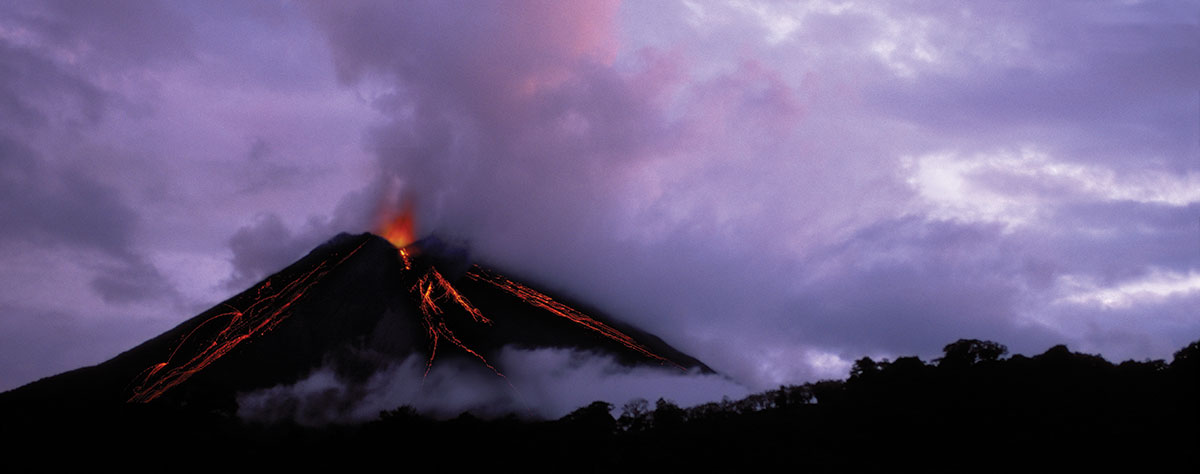
And then there’s the beach. Costa Rica’s coasts are dotted with beach towns of all flavors. The Caribbean side tends to be more laid-back, less built up, and has much more of a Rastafarian feel. The Pacific side, more accessible and typically drier, has more tourism infrastructure. The CPI beach campus is in Playa Flamingo, on the Pacific side.
ALSO DON’T MISS:
A visit to Volcán Arenal — an active volcano with hot springs in a town at its base — is worth a couple of days and could easily be fit into a weekend between stints at the Monteverde and Playa Flamingo language schools.

Learn Spanish in Antigua, Guatemala, during Semana Santa
Guatemala is a study in contrasts. From the ancient Mayan ruin of Tikal to the bustle of Guatemala City, the largest city in Central America, Guatemala has something for everyone. A favorite for family travel, because of its beauty, manageable size and proximity to the international airport in Guatemala City, is Antigua.
Antigua is an old city renowned not just for its Baroque architecture, charming cobblestone streets and cheerfully painted houses, but also for its abundant flowers and stunning backdrop of simmering volcanoes. Several language schools offer an immersive experience of the city.
You could pursue a family language-school vacation there any time of the year, but I highly recommend aiming for Semana Santa, the Christian holy week that leads up to Easter Sunday. When we took a language-learning vacation during that week, our host family was an invaluable resource, telling us the best places to go each day.
As we found, you don’t have to be religious to fall in love with Antigua’s celebration of Semana Santa. Each day of the week, parades wind through the narrow, cobbled streets of the city, following a distinct route each day. But while the paraders are a delight to watch, they’re not what blow visitors’ minds. It’s what they’re parading on.
Each night, in preparation for the next day’s parade, the neighbors whose homes and businesses line the route work in the streets to create elaborate alfombras — literally, rugs — to carpet the parade’s path. Using materials such as flower petals, sand, colored salt and sawdust, residents prepare elaborate street illustrations, from depictions of Biblical stories to scenes from the natural world.
Each night, you can walk the route, marveling at the art taking shape before your eyes. The next afternoon, you can exclaim all over again (perhaps in your newly acquired Spanish!) as the parade winds toward your spot — trampling and destroying the carpets beneath it.
The alfombras are breathtaking — and then they are gone. Every part of this process is incredible to watch and to talk about. What must it be like to build something with so much of your heart when you know its whole purpose is to be destroyed a few hours later?
ALSO DON’T MISS:
• The small towns around Lake Atitlán, called “the closest thing to Eden on Earth” by the Lonely Planet Guide, are populated by Mayans. Check out market day in the town of Chichicastenango, about a three-hour shuttle ride from Antigua.
• Tikal, the ruins of an ancient Mayan city located in a national park in central Guatemala, makes a rich and invigorating one- or two-day trip.
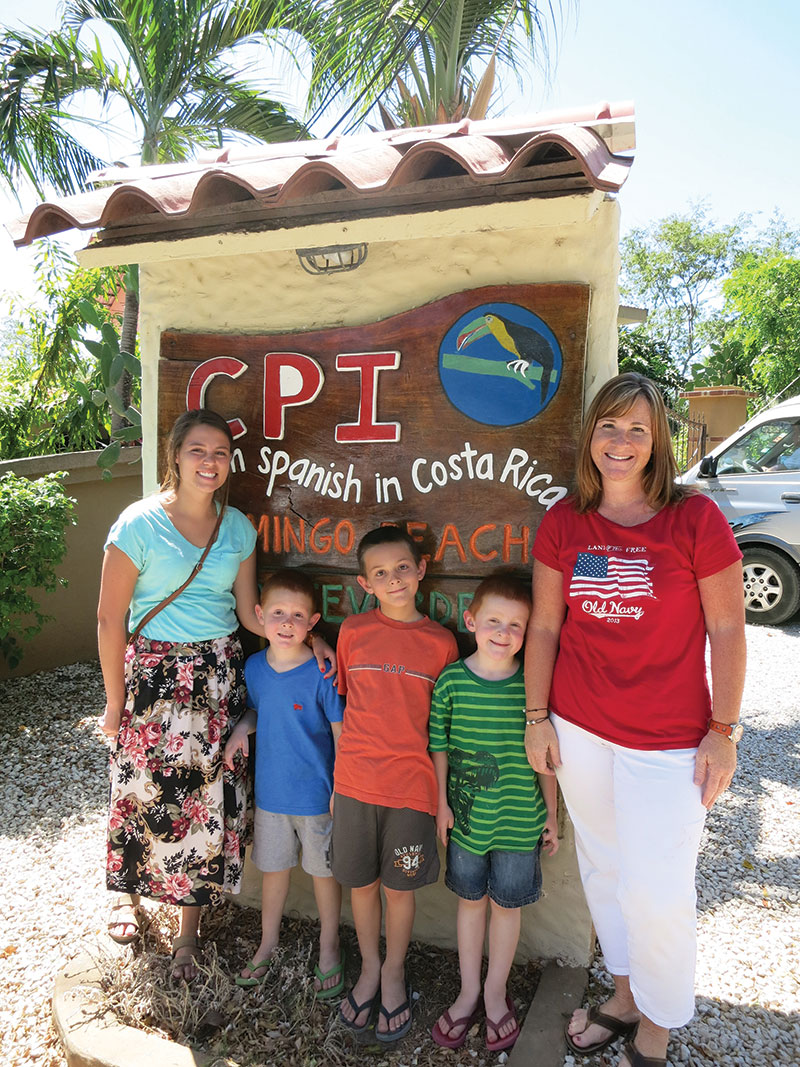
How to pick a language school
The Internet provides a wealth of school options for each of our suggested trips (and many others), and at varying price points. It’s not hard to find language instruction plus a homestay for the price of a midrange hotel. As you’re looking at schools, consider:
• FAMILY FRIENDLINESS. If you don’t find family instruction highlighted on a school’s website, just ask about it. Schools tend to be very flexible, helping organize packages that meet your needs.
• INSTRUCTION: Do you want one-on-one attention or group lessons that offer the camaraderie of classmates? Our family has tried both options and found individual instruction to be our favorite approach.
• HOUSING: If you opt for a homestay with a local family, you can ask to be matched with a family with children of similar ages to yours. Some schools (such as CPI in Costa Rica) can also organize housing in apartments, if there isn’t a homestay match.
• OTHER ACTIVITIES: Many schools can organize afternoon activities for students, from salsa dancing to field trips to watch local artisans at work.
• VOLUNTEER WORK: If your family is interested in an even deeper connection to place, many language schools will help set up age-appropriate volunteer work for visiting students.



